Frequently Asked Questions at SE Autostyling
-
PPF, or Paint Protection Film, is a clear or colored film that is applied to the surface of a car to protect the paint from damage caused by rocks, road debris, insects, and other types of hazards. Here are some reasons why someone may choose to PPF their car:
Protection from damage: PPF provides a barrier between the car's paint and external elements, such as rocks and debris, that can cause scratches, chips, or other types of damage to the paint.
Long-term paint protection: PPF is a durable and long-lasting solution for protecting a car's paint. It can help maintain the car's appearance and protect its resale value over time.
Enhanced appearance: PPF can enhance the appearance of a car by adding a glossy or matte finish, depending on the type of film used.
Easy maintenance: PPF is easy to clean and maintain, and can be polished or waxed to keep the car looking new.
Peace of mind: PPF provides car owners with peace of mind, knowing that their vehicle is protected from damage and that they won't have to worry about costly paint repairs in the future.
Overall, PPF is a great investment for car owners who want to protect their vehicles from damage and maintain their appearance over time.
-
One of the unique features of PPF is its ability to "self-heal" minor scratches and swirl marks. This is achieved through the use of a special topcoat layer on the film that contains elastomers.
The elastomers in the topcoat layer have the ability to reflow and heal themselves when exposed to heat. This means that when the PPF is scratched or marred, the heat from the sun or the warmth of the engine can activate the elastomers in the topcoat layer, causing the film to "self-heal" and return to its original state.
It's worth noting that PPF can only self-heal minor scratches and swirl marks. If the damage is too severe or the film is punctured or torn, it will not be able to heal itself. In such cases, the damaged section of the film may need to be replaced. Nonetheless, the self-healing properties of PPF can help keep the car looking new and protect its paint over time.
-
The self-healing properties of XPEL PPF are designed to last for the lifetime of the film, which is 10 years or more, depending on how well it is maintained.
The topcoat layer of XPEL PPF contains elastomers that are engineered to resist yellowing and degradation over time, while also remaining flexible and able to "heal" minor scratches and swirl marks. The self-healing properties of XPEL PPF are activated by heat, and the film can "heal" itself from minor damage caused by things like small rocks, road debris, and even car wash brushes.
Like with other PPF products, it's important to properly maintain and care for XPEL PPF in order to ensure that the film continues to provide optimal protection and self-healing capabilities. Regular washing and careful handling can help prolong the life of the film and ensure that it continues to look and perform its best.
-
PPF (Paint Protection Film) and ceramic coatings are both types of protective coatings that can be applied to the surface of a car to protect the paint from damage. However, they differ in terms of their composition, application, and the type of protection they provide.
PPF is a clear film that is applied to the surface of a car to create a barrier between the paint and the environment. PPF is typically thicker than ceramic coatings and is designed to absorb impacts and prevent scratches, rock chips, and other types of physical damage. PPF is also self-healing, meaning that minor scratches and swirl marks can be repaired through the application of heat.
Ceramic coatings, on the other hand, are liquid polymers that are applied to the surface of a car to create a hard, durable layer of protection. Ceramic coatings are designed to provide protection against environmental contaminants, such as UV rays, bird droppings, and acid rain. Ceramic coatings also provide a hydrophobic effect, which repels water and makes it easier to clean the car.
While PPF and ceramic coatings can both provide protection for a car's paint, they are designed to address different types of damage. PPF is best for preventing physical damage, such as rock chips and scratches, while ceramic coatings are better suited for protecting against environmental damage and maintaining the car's appearance.
-
Automotive ceramic coatings offer enhanced scratch resistance compared to traditional paint, but they are not completely scratch-proof. They provide a protective layer over the vehicle's paint, which helps to guard against light scratches and swirl marks from regular use. However, they may still be susceptible to deeper scratches from more significant impacts or abrasive materials. While ceramic coatings offer excellent protection and durability, it's essential to practice proper care and maintenance to minimize the risk of scratches and maintain the coating's effectiveness over time.
